
Ingredient
Bovine tongue
The Versatile Delicacy: Bovine Tongue
Bovine tongue is a large, muscular organ that is tender and flavorful when cooked properly. It has a smooth, velvety texture and a rich, beefy taste. The tongue can be braised, boiled, roasted, or grilled, resulting in different textures and flavors. It is often sliced thinly and used in sandwiches, tacos, stews, or served as a main dish with accompanying sauces or condiments.
Origins and history
Bovine tongue has a long history of culinary use and is enjoyed in many cultures worldwide. It has been a staple in traditional dishes in countries like Mexico, Japan, and Germany. In Mexican cuisine, beef tongue is commonly used in tacos de lengua, while in Japan, it is a popular ingredient in yakiniku (grilled meat) dishes. Bovine tongue has also been a part of European cuisine for centuries, with recipes dating back to medieval times.
Nutritional information
Bovine tongue is a good source of protein, iron, and zinc. It is also relatively low in fat compared to other cuts of beef. However, it is important to note that the nutritional content may vary depending on the cooking method and any added ingredients or sauces.
Allergens
There are no known allergens associated with bovine tongue.
How to select
When selecting bovine tongue, look for tongues that are firm and plump. The surface should be smooth and free from any discoloration or blemishes. Freshness is key, so choose tongues that have a vibrant pink color and a pleasant, meaty aroma. If purchasing from a butcher, ensure that the tongue has been properly cleaned and trimmed.
Storage recommendations
To maintain the freshness of bovine tongue, it should be stored in the refrigerator. If the tongue is uncooked, it can be wrapped tightly in plastic wrap or placed in an airtight container. Cooked tongue should be stored in a similar manner. It is best to consume bovine tongue within a few days of purchase or preparation for optimal flavor and quality.
How to produce
Bovine tongue is typically produced by professional butchers or meat processors. It requires specialized knowledge and equipment to properly prepare the tongue for culinary use. However, adventurous home cooks can try their hand at preparing bovine tongue by following detailed recipes and instructions available online or in cookbooks.
Preparation tips
Before cooking bovine tongue, it is important to properly clean and trim the tongue. This involves removing any excess fat, skin, or membrane. The tongue can then be cooked using various methods, such as braising, boiling, roasting, or grilling. It is important to cook the tongue until it is tender and easily pierced with a fork. Once cooked, the tongue can be sliced thinly and used in sandwiches, tacos, stews, or served as a main dish with accompanying sauces or condiments.
Culinary uses
Bovine tongue is used in a variety of dishes and cuisines around the world. In Mexican cuisine, it is commonly used in tacos de lengua (beef tongue tacos) or served as a filling for tortas (sandwiches). In Japanese cuisine, it is often grilled and served with a dipping sauce. Bovine tongue can also be used in stews, soups, or sliced thinly and served cold in salads or sandwiches.
Availability
Bovine tongue is commonly available in butcher shops, specialty meat markets, and some supermarkets. It is more prevalent in regions where it is a traditional ingredient in local cuisine, such as Mexico, Japan, and parts of Europe.
More ingredients from this category
Recipes using Bovine tongue » Browse all
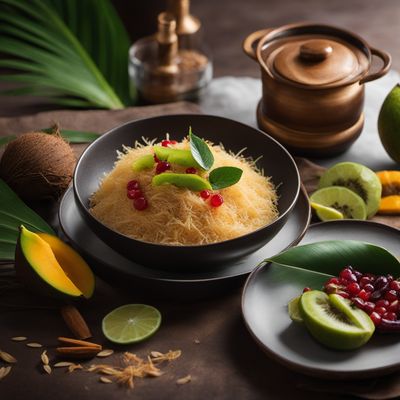
Seychellois Siemieniotka
Coconut-infused Semolina Pudding with Tropical Fruits

Melanesian-style Glazed Ham
Tropical Delight Glazed Ham

Prosciutto-Wrapped Melon Skewers with Spicy Mango Salsa
Tropical Fusion: Prosciutto-Wrapped Melon Skewers with a Zesty Mango Kick
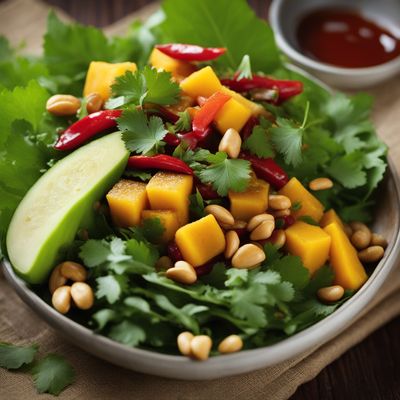
Rujak Cuka - Indonesian Spicy Vinegar Salad
Fiery Fusion: Indonesian Spicy Vinegar Salad

Caribbean Bresaola Mousse
Tropical Delight: Caribbean Bresaola Mousse
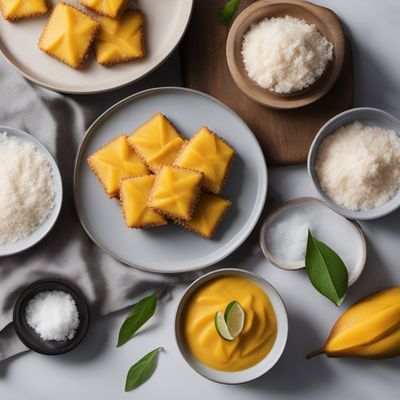
Filipino-American Mango Coconut Sablé
Tropical Delight: Mango Coconut Sablé with a Filipino-American Twist
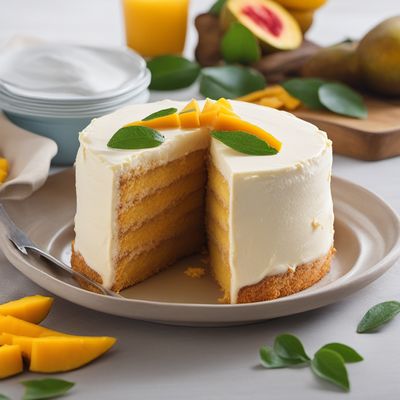
Central African Mango Cake
Tropical Delight: Central African Mango Cake

Phalon ki Chaat
Tropical Delight Chaat: A Burst of Freshness from the Indian Streets

Turks and Caicos Tuna Sandwich
Island Delight Tuna Sandwich

Papua New Guinean Tropical Salad
Island Delight: A Refreshing Papua New Guinean Tropical Salad

Refreshing Mango Gulaman Delight
Mango Paradise: A Tropical Twist on Gulaman
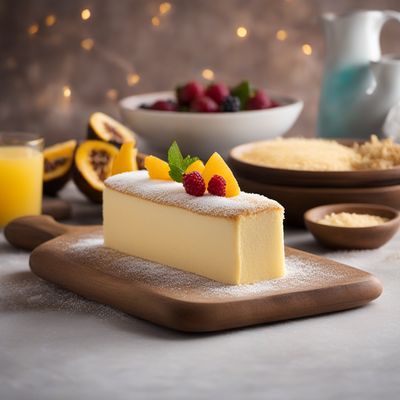
Martinican Bûche de Noël
Exotic Yule Log: A Tropical Twist on the Classic French Dessert